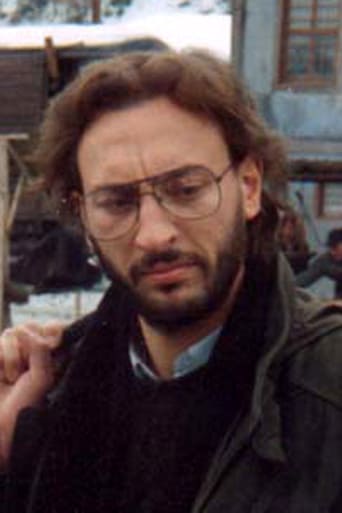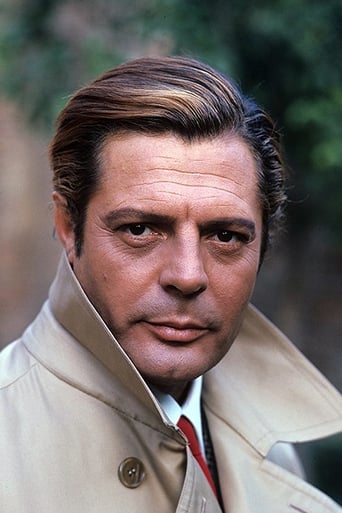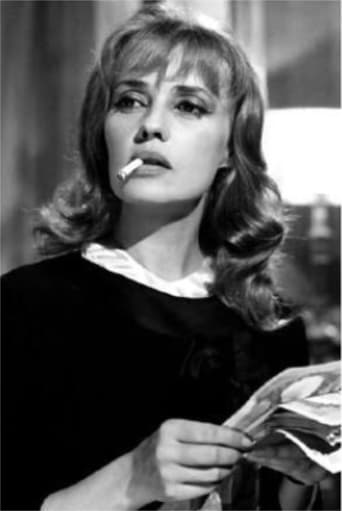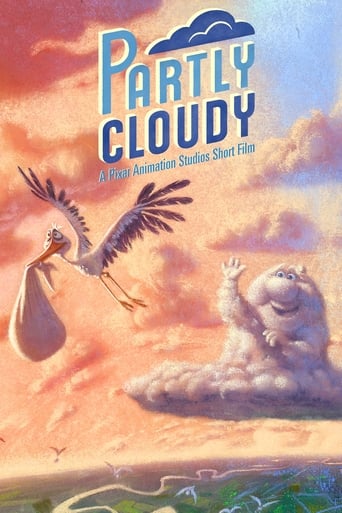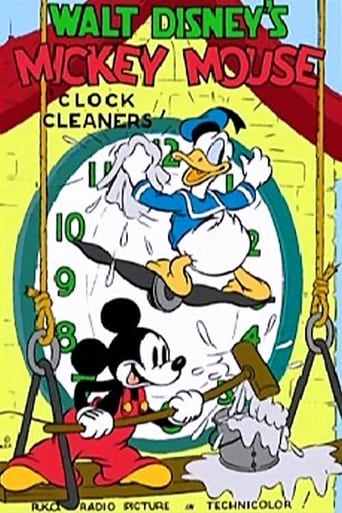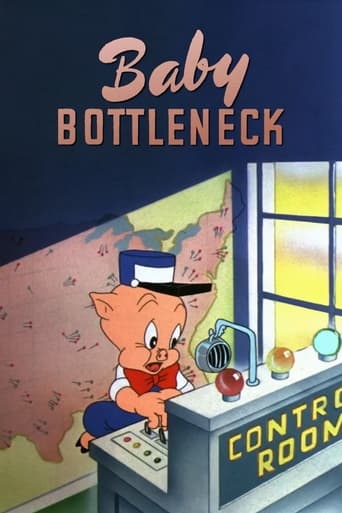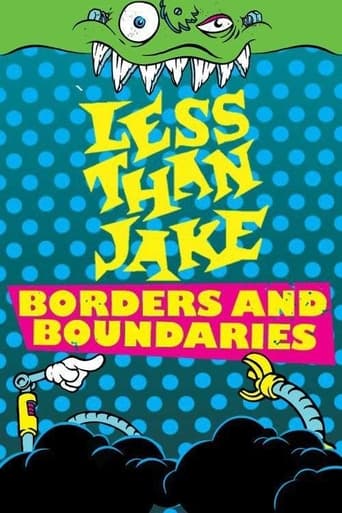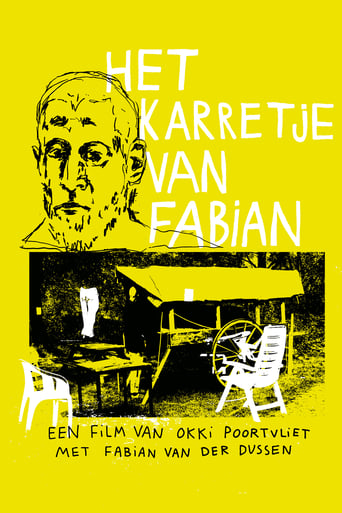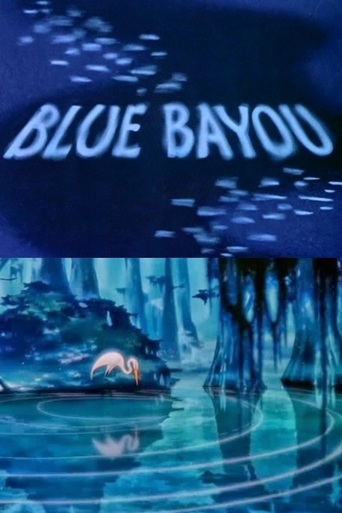

The Suspended Step of the Stork (1991)
A reporter notices an old man in a border town who may be an important Greek politician who disappeared mysteriously years ago.
Watch Trailer
Cast


Similar titles
Reviews
On first viewing, this was not an Angelopoulos film I loved. Of course it looks great, that's a given. But the first time around, the seeming central story line seemed almost tacked on. A journalist is tracking Marcello Mastroianni, who may or may not be a famous politician and philosophic author who simply vanished one day, to a refugee zone on the edge of the Greek border, where he lives in squalor with the others there. The problem, for me, was that the Mastroianni mystery was far less powerful and interesting then the stories of those around him, who aren't refugees by choice, but in order just to survive. So, for me, it felt we were focused on the wrong plot, or certainly the more intellectual, less moving one.Also, the dubbing of Mastroianni is pretty awful, to the point of being distracting. Oddly, that's something I didn't find in the earlier "The Beekeeper" (in fact, it was so good in that film, I thought perhaps Mastroianni spoke Greek, and was able to do his own lines). But on second viewing I realized the film is really a chance for Angelopoulos to ask important and pointed questions about the nature of borders; national, emotional, racial, from ourselves, between men and woman. The 'main plot' is just the skeleton to hang the meat of the film on. There are, memorable and lovely scenes here. An amazing tracking shot as the camera goes by box car after box car housing refugees from different places, deliberately and chillingly recalling the trains of German WWII, as if to ask, have we really left that past behind? The wordless slow seduction of the journalist in a restaurant is odd, and amazingly tense, as the two people simply look at each other in fairly wide shot for the longest time, the tiniest shifts in body language and facial expression telling the kind of story that is usually filled with bantered pointless dialogue. And the film's opening and closing images are particularly powerful. Seeing it again, knowing up front the film wasn't really about the mystery it sets up, didn't solve all my problems with it, but certainly made it a much stronger experience the 2nd time around.
The screenplay was co-written by Angelopoulos, Tonino Guerra, Thanassis Valtinos, and Petros Markaris, and the stylistic influence of Guerra, as usual, reigns supreme, and fortunately so. The music, by Angelopoulos' long time collaborator, Eleni Karaindrou, is, as usual, superb. While Angelopoulos films do not use music as innovatively as Werner Herzog's films, nor as pop culturally as Martin Scorsese's films, few films marry image and emotion with sound and well. That stated. Few filmmakers can use the absence of sound as effectively, either. And, of course, there is the Angelopoulos long take, provided by cinematographers Giorgos Arvanitis and Andreas Sinanos. Whereas the long takes of an Antonioni are wrought with tension, and those of a Bela Tarr are often elliptical in space and feeling, Angelopoulos's are purely emotional, and often use symbolism. A good example of this comes in the final scene, after the reporter is done with the refugee, the town, the border, and the colonel. He walks along the river, past telephone workers garbed in yellow raincoats, as they ascend poles. There seem to be a couple dozen of the workers, yet few move. It is as if they are ancient stylites looking out over the rift that they can do nothing to heal. In fact, their very muteness and lack of motion make them even more impotent; as if guidons to some cause that simply is, but cannot affect, or musical notations sans sound. And this is reflected in the very real frustration portrayed by the reporter (and the actor who portrays him, Gregory Karr). Another scene is a long tracking shot of boxcars where the Albanian refugees live. An accordion plays a folk song, and as the camera tracks it feels as if the hapless people are moving (and the deliberate iconography of the World War Two Nazi railroads to death camps lends a sense of hopelessness to their plight). Except, it is an illusion of motion, as the refugees are stuck in their plights, each boxcar with its own slack-jawed prisoners mutely gazing out at the cosmos. The riverside wedding scene, also done virtually wordlessly, is another example of Angelopoulos's mastery of cinema, and is a key scene, for similar riverside scenes figure prominently in his earlier Landscape In The Mist and later Trilogy: The Weeping Meadow. The scenes in these films are so similar that one almost feels they are prefigurations, or connecting devices between the films, as if the Angelopoulos canon is one extended, ongoing film, not separate works of art. The acting, done from a distance, and using the whole body, still conveys powerful emotions, and is lacking any musical score- only the sounds of nature (the wind, river, etc.) abound. I cannot recall any Hollywood film that would do such a thing- cast big name stars like Mastroianni and Moreau, and then not take 'advantage' (in the traditional sense) of their 'star power.' But it works, nonetheless, for this is a film that is so well wrought that, in essence, any actors could have stepped in and done a good job (recall my claim of being on autopilot; but in the best sense), for the lack of emoting via facial expressions, and the deliberate interchangeability of characters and actors is another element of the film that aids its universality.But, above all, all of these techniques are simply variations on the obliquity of moment I mentioned earlier. A seemingly familiar scene is set, but then plays out slightly differently than expected. We visually are comforted, but the disjunction between the expected and the result lingers subconsciously, provoking a rewatch of the film, at most, and a desire to understand, minimally. A final example comes in a scene midway through the film, and one that is an astonishing long take. After some ethnic tensions in the town, between refugees, a man's body is found hanged, dangling from the end of a crane. The colonel shows this to the reporter, and then orders the cadaver lowered to the tracks. As it slowly descends, we see women in babushkas wailing in the background. They run toward the figure, and we think that they are wailing for it. As the body comes to earth, the camera leaves the scene, and follows the reporter, as a train pulls in slightly farther down the tracks. He is there to greet the Greek politician's wife, before she is to 'confront' the Albanian refugee. The camera follows him, turns 180° degrees, then before following him through one side of the train and out the other, we glimpse the pack of babushkas swarming on the corpse. It seems like they are predators on carrion, stripping it of possessions. What we thought was a scene of grief seems to have devolved into a scene of rapacity. But, this is all 'minor,' for the camera is more interested in the reporter and his quest. Still, that the camera never breaks away from the reporter, and all this plays out in the background, is a virtuoso achievement in technical, emotional, and narrative terms.Even the film's title, The Suspended Step Of The Stork, is oblique. Yes, there is the obvious reference to the way the colonel and reporter both hold their legs up over the border line, but it can also be referring to the suspended life of the Greek politician- a man whose life seemed a thing of beauty and hope for the Greeks, yet is frozen in the diegetic history of the film- or not?, if one believes that the refugee really was the politician. Fortunately, such a freeze does not affect the viewer, for The Suspended Step Of The Stork is a masterpiece of a film. True, many video game style Hollywood action and adventure film addicts will not 'get it,' but who really gives a damn what such folk think? They are the unobliqued in life, and this film shows how little such really matters, in the long run or short.
As with all of Angelopoulos' films, "The Suspended Step of the Stork" implicitly demands a close and intimate participation on the part of the viewer, a fact that has certainly contributed to the limited popularity of his work. Dialogues are sparing, with no monologues or exchanges exteriorizing the characters' inner conflicts, doubts, or feelings. The filmmaker prefers to keep the viewers away from their own emotional responses, and instead forces them to explore and study the characters' identities for themselves. As a result, the acting is understated and implicit, as opposed to overt and explicit.The action scenes are set between long intervals of contemplation, where the viewer is asked to become a participant, to participate as an actor, by probing his or her own psyche. As in a novel, where the drama rests entirely on the author's writing to provide a template where the reader's imagination and/or past experience flourish, Angelopoulos' drama rests within his images: his uses of the long shots, the long takes, the leisurely pacing, the sparing dialogues that have become his trademark, inviting the viewer to experience the film from his or her personal perspective. Angelopoulos uses silence to capture moments of high intensity, reverting to the non-verbal language of gestures, gazes, sounds, and music, when he believes that words can only take us so far.The music, by Angelopoulos' long time collaborator, Eleni Karaindrou, provides more than just a discreet background, but becomes itself a dramatic element of the story. A large part of the film consists of exterior shots in subtle, subdued colors, recorded in a drab winter light. Angelopoulos presents us with an "other Greece," one far different from the Greece of the tourist brochures, with ethereal blue skies and emerald seas, drowned in an eternal sunshine. Here, the skies are covered and gray, the air is cold and misty, and the sands of the pristine beaches have been replaced by the trampled, dirty snow of the village streets. Angelopoulos' genius through Arvanitis' camera is on display throughout the film."The Suspended Step of the Stork" is above all else a political statement aimed at the socio-political situation in the Balkans at the end of the twentieth century. It is deeply concerned with the meaning of "borders," and with those who are the victims of the confusion between nations. In the "waiting room" facing the Albanian border, the refugees, political or other, outcast by the rest of humanity, wait. They may be stuck against a political border, but unfortunately they still carry with them, and hang on, deeper ancestral borders: those of the languages, of the customs, and of the races. Although Angelopoulos' political views are well known, the film steers clear of any political discourse regarding the causes of the refugees' plights. In the process, Angelopoulos forces us to meditate on the concepts of geographical, cultural, political, and personal "borders." Angelopoulos considers himself a historian of twentieth century Greece, and he likes to bring lessons from the Hellenic myths into his discussions. In this film, he does some border crossing himself between the Greek and Italian cultures, drawing from a combined Homeric and Dantesque tradition of Odysseus' travel. Alexander is a Telemachus, in search of a story about an aging Greek politician/Odysseus who disappeared, never to be heard of again. This political man, a brilliant orator, unexpectedly and inexplicably left the comfort of his bourgeois existence, his wife, and his brilliant career, to live anonymously in a refugee camp with the lowest of the low. He became a poet in exile wondering how to change the world. Of course, the "politician" is not Alexander's father, but the "politician" stands before Alexander like a father figure/Odysseus. As with Homer's Telemachus, Alexander grows as a person during his odyssey.Of course, it would be wrong to try and see in the film a retelling of Homer's Odyssey in a contemporary context. Angelopoulos draws on Odysseus's travels only as structuring and thematic elements for his film. In Angelopoulos' ending, "Odysseus" is more like the Dante's Odysseus: he does not leave for Ithaca but goes on, "carrying a suitcase." And Alexander/Telemachus is "suspended" between returning to his home and his career, or embarking on a voyage to "somewhere else." He states as much, in a voice-over at the beginning of the film, paraphrasing few lines from Dante's "Inferno": "And don't forget that the time for a voyage has come again. The wind blows your eyes far away." Finally, although Angelopoulos is not a religious person, there is a Greek Orthodox religious theme introduced during the film in the form of the yellow-suited linesmen, who go around bettering things for their fellow human beings by reconnecting communications, and also the Christ-like figure of the "politician." In the final scene, these men in yellow demonstrate once more the Byzantine iconography's influence in Angelopoulos' work. They appear like "stylites," religious figures found in the Orthodox tradition, solitary and fervent men who took up their abode upon the tops of pillars, in a form of asceticism.The film ends without a resolution as to the true identity of the character played by Mastroianni. Angelopoulos does not give us any clues, and the wife's statement, "It's not him," is far from convincing and left ambiguous enough. The important question of the film is not whether he is or is not the vanished politician, but that he could be the politician. But the film still ends on an optimistic note. Whereas the wires strung from pole to pole run only along the river, and thus communications across the border are still not possible, and it remains impenetrable, we note that this final scene is taken from a point of view across the river: the camera has crossed the border, and the reverse tracking shot is inviting Alexander and the viewer to follow beyond the boundary. On this account, Angelopoulos gives us hope that somehow, some of the borders will eventually crumble.
Question: how does a bourgeois director treat a subject like immigration ? Answer: by turning it into an existential alienation parable.Yes, we're back in the early 90s, just after the disintegration of the Eastern block and the subsequent flooding of immigrants in the European Union, and what better way to deal with the subject than making a film about an existentially alienated middle-class journalist, an existentially alienated upper-class politician, his existentially alienated rich wife, and so on.In the background, immigrants are asking for political asylum in an unnamed Greek village near the borders. I guess that way Angelopoulos can show some social awareness, while dealing with the existentially troubled upper-classes. I mean honestly, the scene where some top-ranking army-officer curses his destiny cause he sent his daughter to study in London is enough to make you puke.Anyway, it can't be that bad, Angelopoulos is a master of the cinematic art after all, right ? Wrong. It's at this point when his mannerisms start getting too artificial, sort of like a filtered image in Photoshop. His usual tricks show up: there are blurred windows, blurred lights, a weird wedding, a walk by the river-shore, and people with yellow water-coats. Also Mastroianni breaks new ground for most sleepwalking performance ever. Avoid really. Go for his early films.


